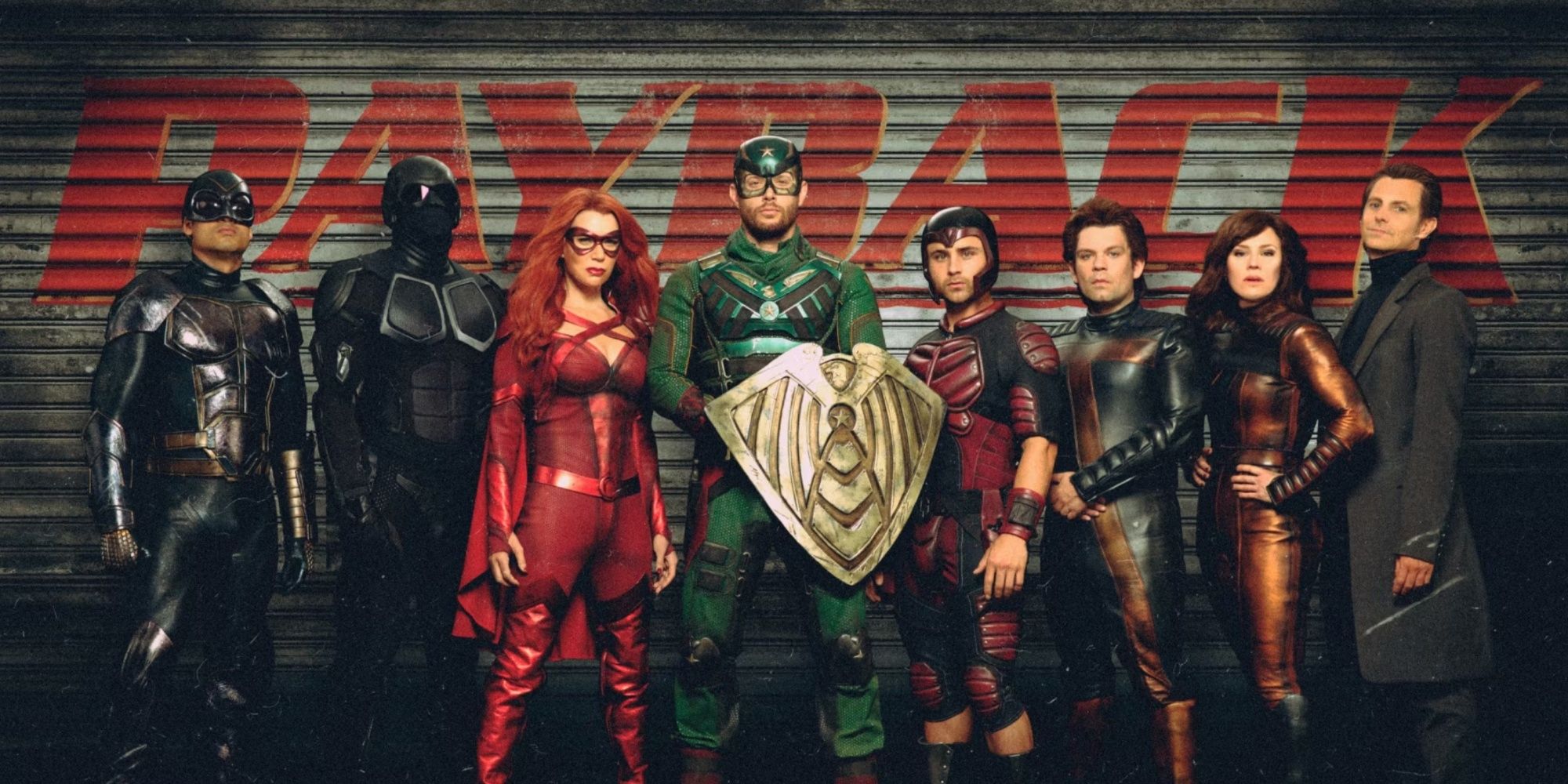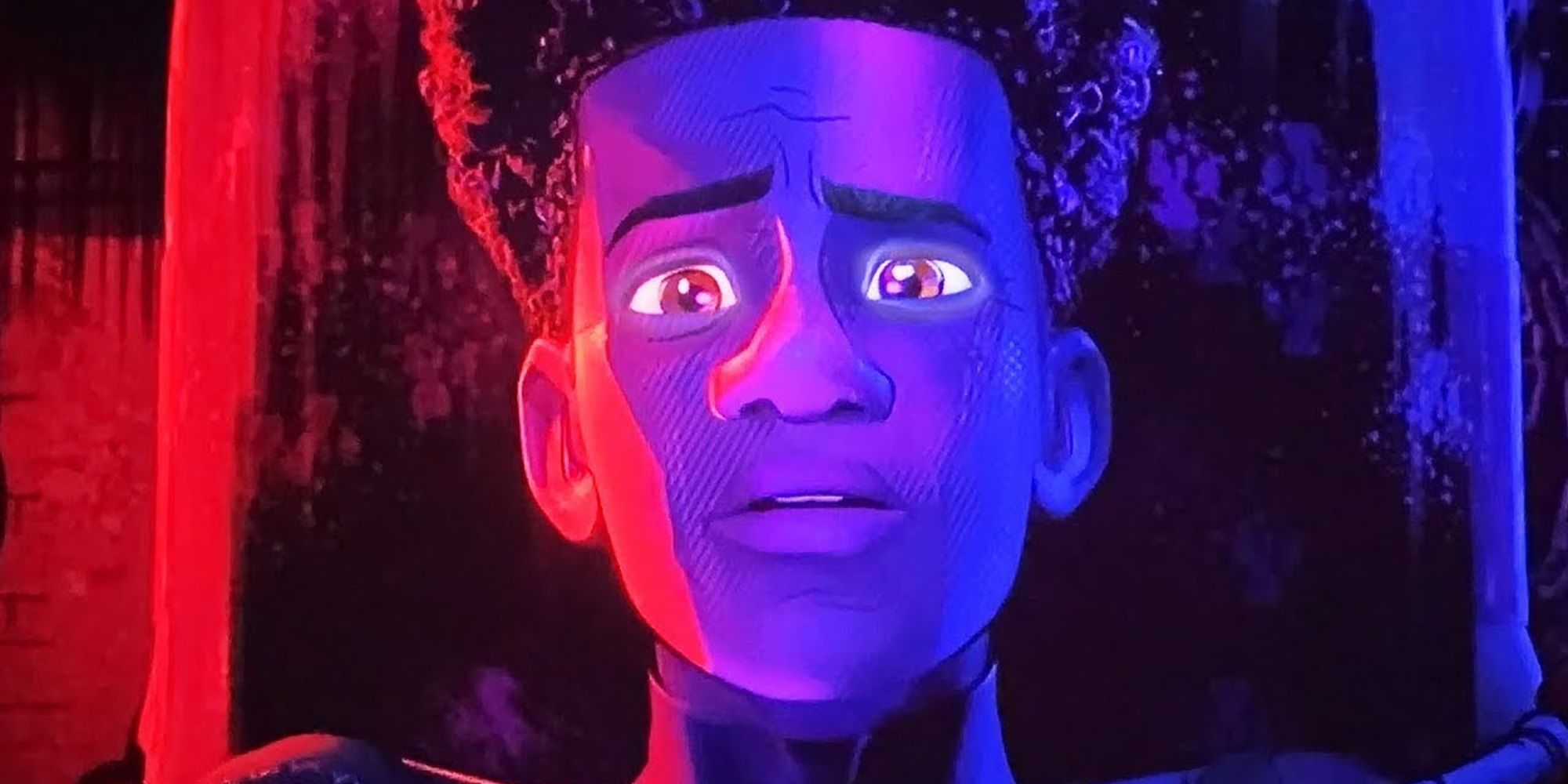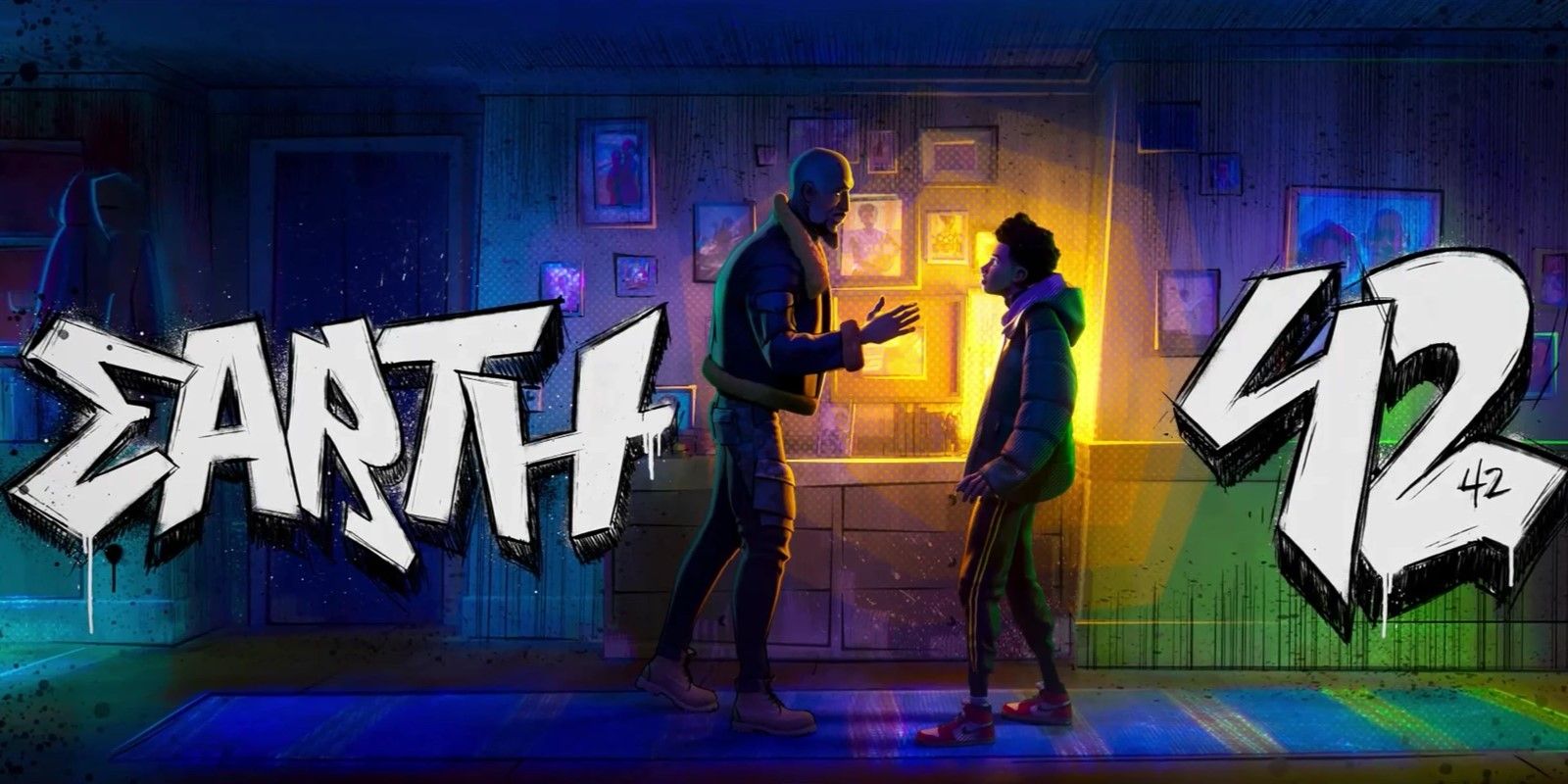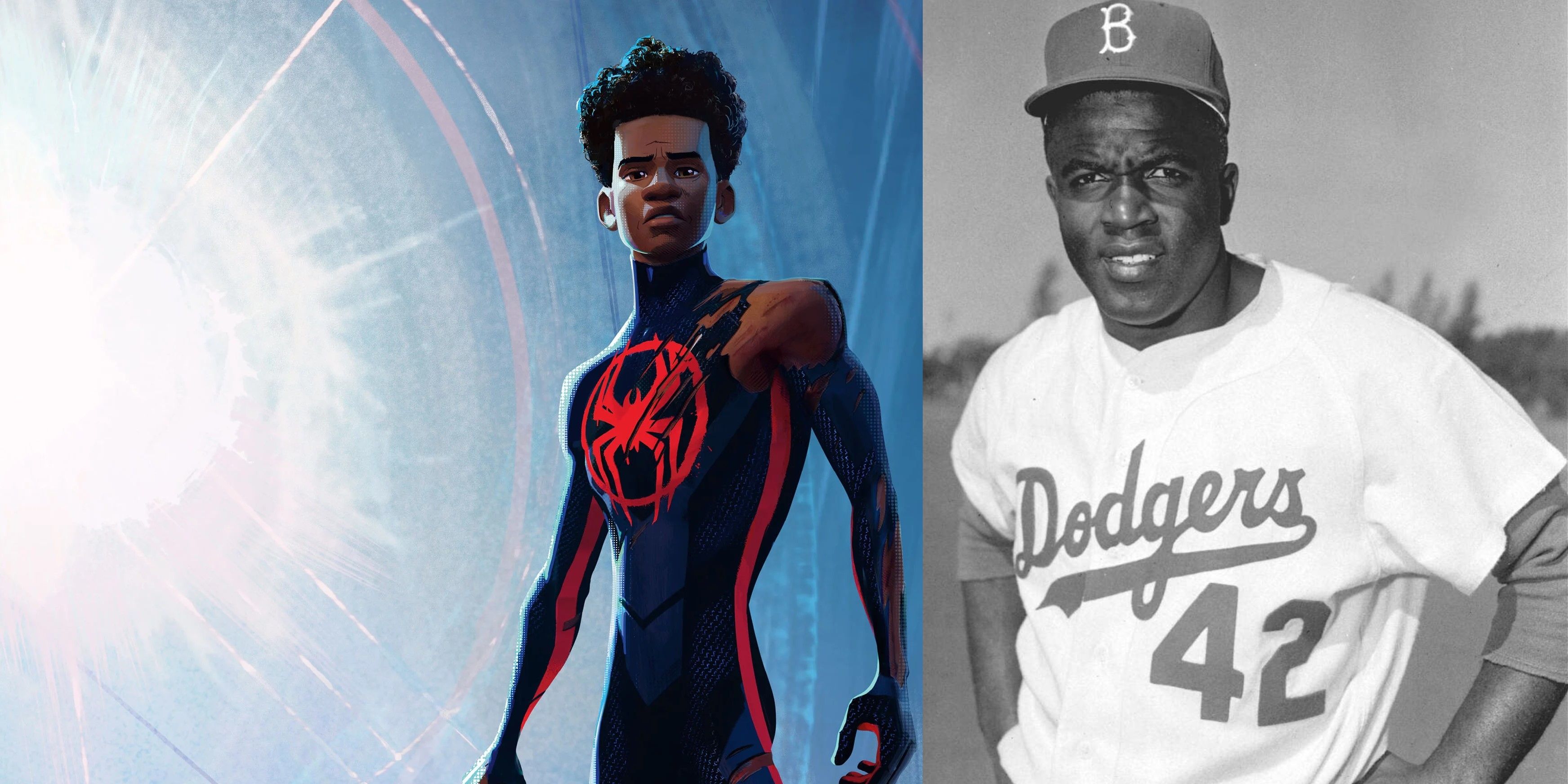Quick Links
Miles Morales from the Spider-Verse movies is a much more complex character than your typical Spider-Man. Besides the fact that he was never meant to become Spider-Man and that his main story arc heavily relies on him interacting and traveling with other interdimensional characters, a huge part of his identity is that he is the first black Spider-Man.
With this, the writers of the Spider-Verse movies are creative in how they choose to symbolize the cultural and social implications that come with portraying Spider-Man as a half-black, half-hispanic teenager from Brooklyn. Instead of focusing more on his place as a black kid in American culture, the writers chose to explore the concept of racism by marginalizing his other identity: Spider-Man.
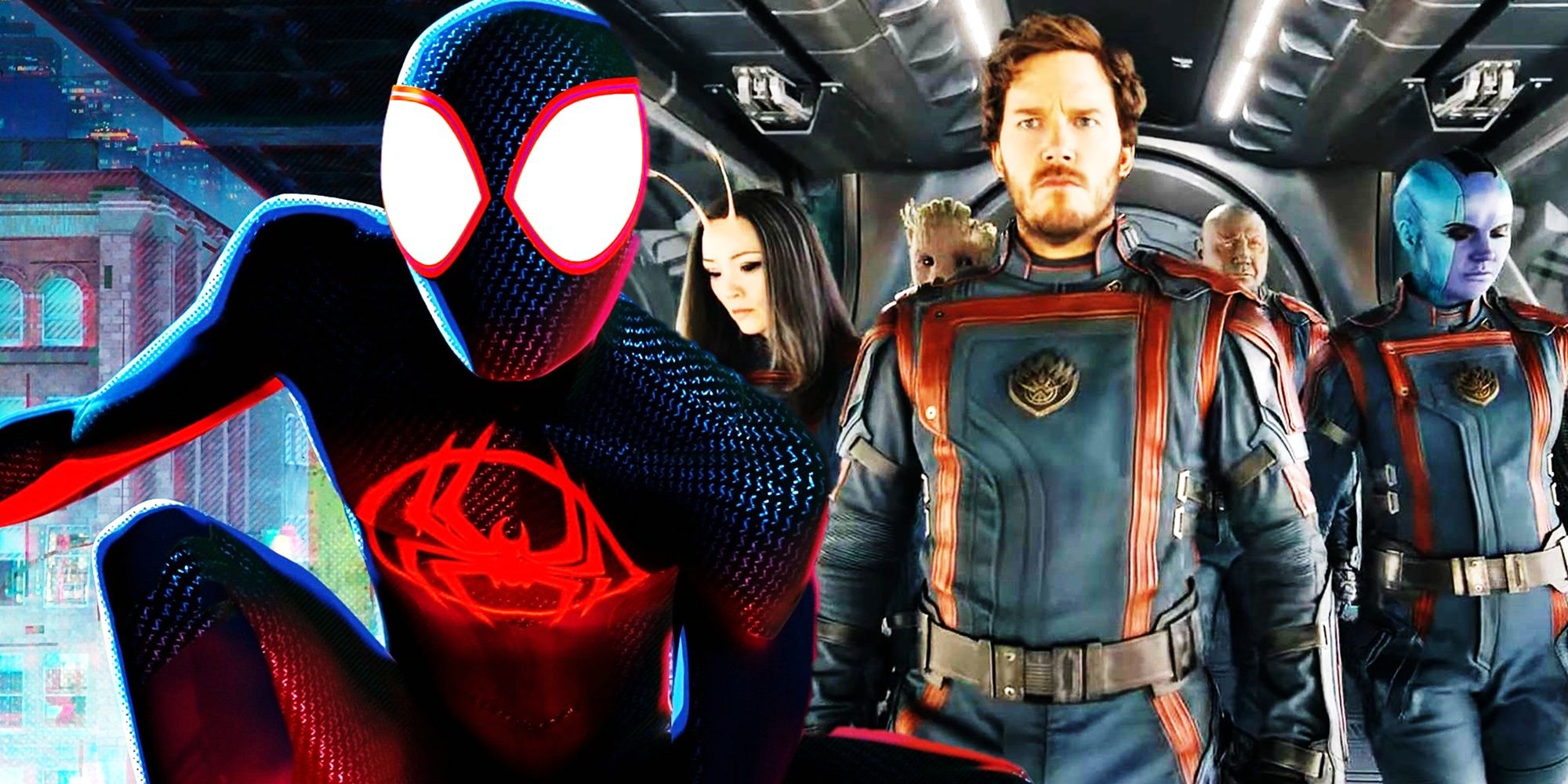
What Are The Best Marvel Movie Moments Of 2023?
From the "Memory" scene in The Marvels to the twist ending of Spider-Man: Across the Spider-Verse, 2023 brought plenty of great Marvel movie moments.
One way they achieve this is through the use of the number 42, which comes up very often throughout both Spider-Verse films. At face value, this may just seem like a random number choice for different aspects of the plot, but it actually holds a deeper meaning outside the story itself.
When Can 42 Be Seen in the Spider-Verse Movies?
The number 42 actually makes its first appearance within the first minutes of Into the Spider-Verse. It can be seen twice during the opening credits: once on the back of the spider that eventually bites Miles, and again right after on what looks like a ball from a bingo game. After that, it can be seen again on the radioactive spider once it's in the subway tunnels heading to Miles.
The number then comes up fairly randomly afterwards. For example, when Miles first tries to swing around New York City, in classic Spider-Man-origins fashion, he crashes against a building sign and plummets down to the concrete. As he lands, the numbers 4 and 2 conveniently land right beside him as he grunts in pain from the fall.
The number 42 doesn't come up again until the sequel film, Across the Spider-Verse. While it does show up randomly, there are more times in the movie that 42 shows up very quickly on screen, and it can be hard to miss for viewers. The only time it appears in the second movie where it's easily visible is on the basketball jersey Miles wears to his father's party celebrating his promotion.
Other than that, though, 42 appears again on the spider during Spot's flashback story, and once more on the Go Home Machine after Miles configures the device with his DNA, and the screen of the machine reads: DESTINATION LOCKED EARTH-42.
What Does 42 Mean in the Spider-Verse Movies?
The main reason 42 comes up a lot in the films is to not only shed light on how Miles got his powers (from the interdimensional radioactive spider), but to also foreshadow the twist at the end of Across the Spider-Verse. Both these concepts are essentially one and the same, because in both cases, 42 represents the dimension in which the spider came from: Earth-42.
However, viewers can pick up on the fact that the spider came from Earth-42 pretty quickly. By repeatedly showing it on screen, though, some of the more attentive viewers can figure out that when Miles inputs his DNA into the Go Home Machine, the machine uses the DNA from the spider instead of his own, which then transports him to Earth-42 instead of his home dimension on Earth-1610.
As mentioned before, too, the Go Home Machine actually displays this information, which can be seen very quickly on screen, really only visible if you pause the film, or play it frame-by-frame during this scene. In a certain sense, the trilogy that is the Spider-Verse movies really plays out as one long story split into three parts. And so, it can be argued that the foreshadowing of Miles ending up being stuck in the wrong universe can be traced back all the way to the first time 42 made an appearance during the opening credits of Into the Spider-Verse.
What Does 42 Mean Outside the Spider-Verse Movies?
Given no context, fans can speculate that 42 was just a number that the writers chose to use for reasons like it's aesthetically pleasing, it's easily memorable, or any other random reason. However, there is a greater reason for the incorporation of 42, and it goes all the way back to the late 1940s.
In 1947, Jackie Robinson became the first Black person to play in the MLB (Major League Baseball), and he played for the Brooklyn Dodgers. Not only did he prove himself worthy of being a part of the league, but he absolutely excelled, becoming one of the greatest baseball players of all time, with countless awards like Rookie of the Year, National League MVP, six-time All-Star, and even a World Series champion. Since 1997, the number 42 has been retired by the entirety of the MLB, meaning no player is ever again allowed to wear that sacred number.
Co-director of the Spider-Verse films, Peter Ramsay, spoke with Business Insider in 2020, explaining why he chose to use 42 in the films:
Forty-two was Jackie Robinson's jersey number for the Brooklyn Dodgers. He was a barrier-smashing black superhero in baseball, and [Miles is a] color-smashing black superhero in Spider-Man comics.
They got really creative with how they chose to symbolize Miles' race in relation to him also being Spider-Man, especially in Across the Spider-Verse. Miles finds out from Miguel O'Hara (Spider-Man 2097) that he was never meant to be Spider-Man, and the fact that he is is a problem with Miguel and many of the other Spider-People. But much like Jackie Robinson -- who wasn't meant to be a part of the MLB according to the white population of America -- both Miles and Jackie proved everyone wrong by showing that they're not only worthy of putting on their respective uniforms, but that they proved themselves to be the best out of the other players around them.
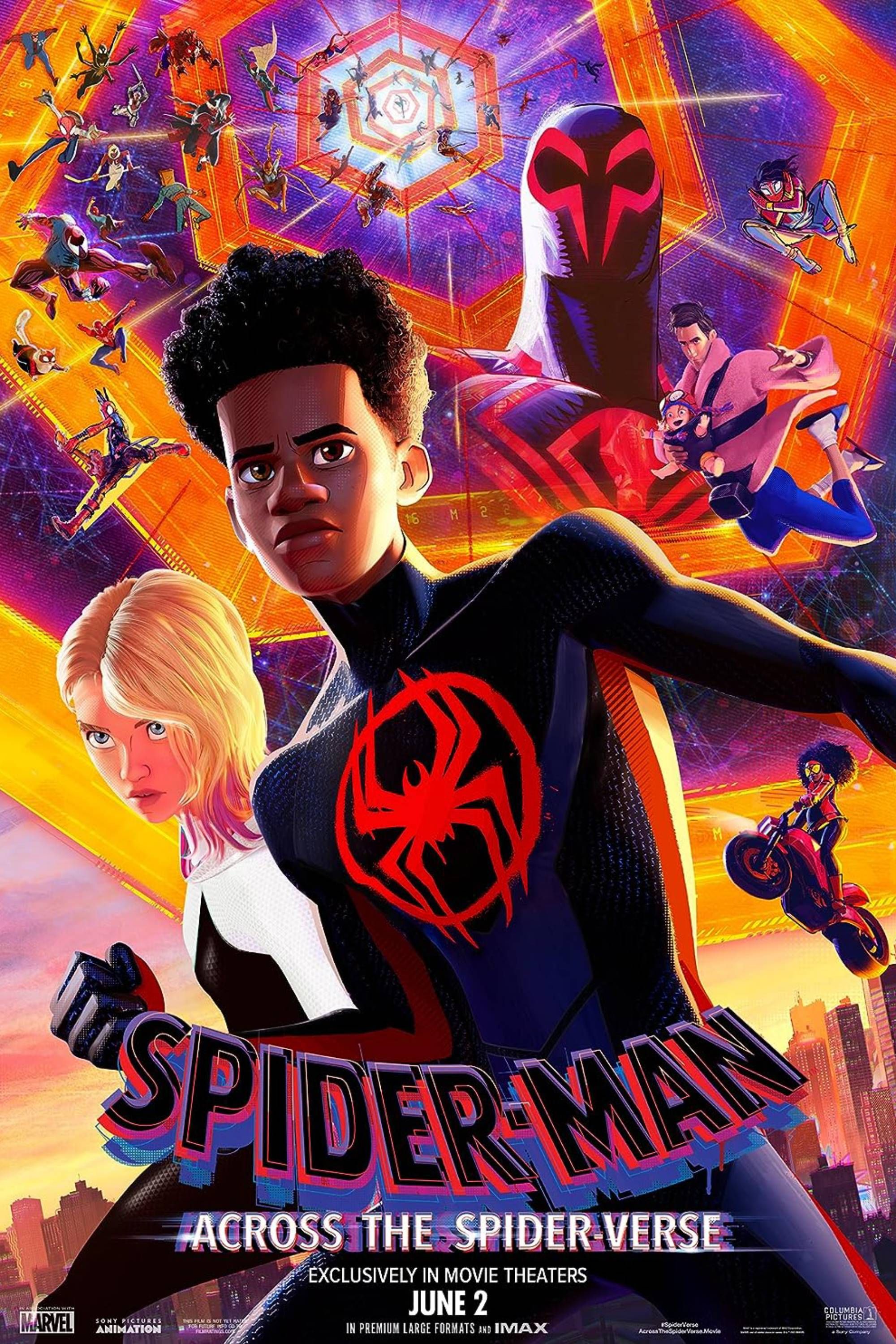
Spider-Man: Across the Spider-Verse
Spider-Man: Across The Spider-Verse catches up with Miles Morales, Gwen Stacy, and a host of other Spider-people as the doors to other realities are ripped open by The Spot. Miguel O'Hara (Spider-Man 2099) and a returning Peter B. Parker are also along for the ride through the multiverse.

6 Biggest Differences Between Miles In Marvel's Spider-Man 2 & Across the Spider-Verse
Here's how Miles Morales' character differs between Across the Spider-Verse movie and the newest game, Marvel's Spider-Man 2.

